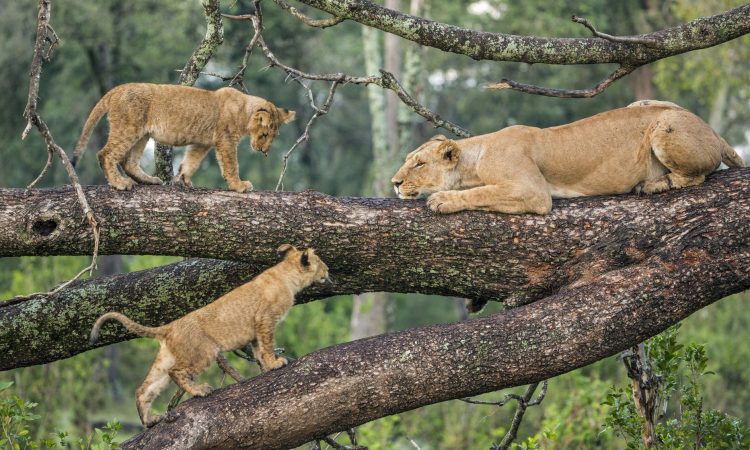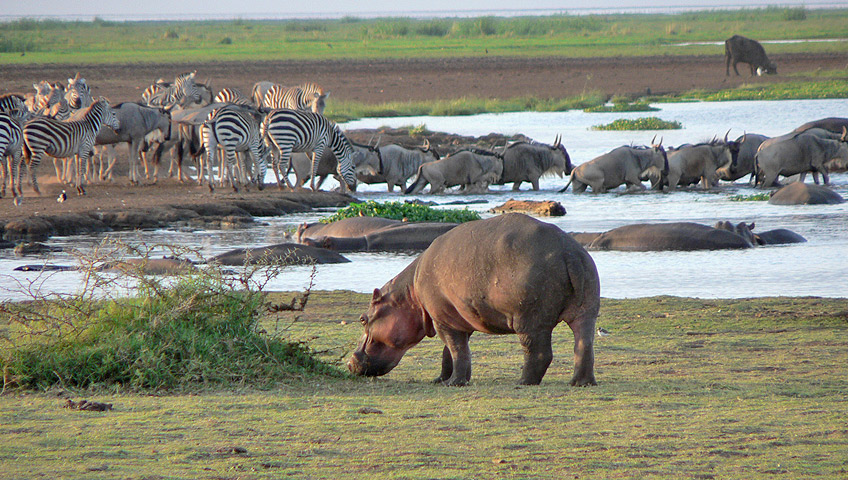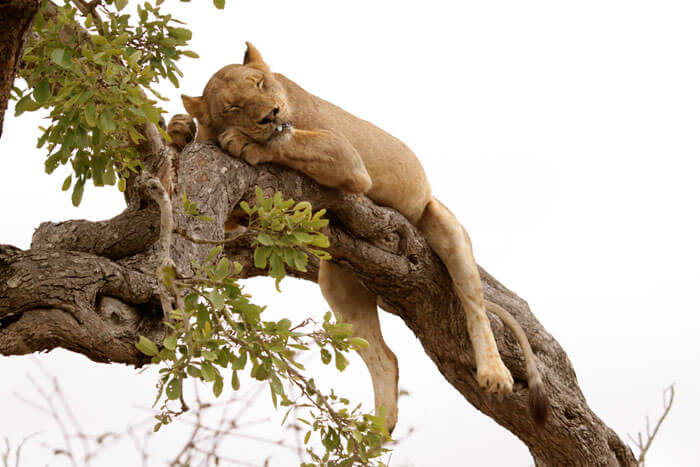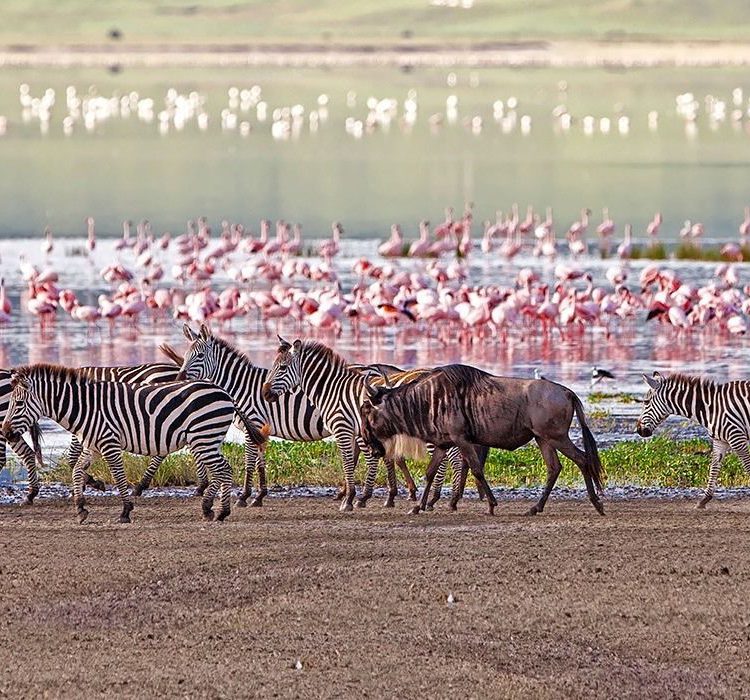7 Reasons to visit Lake Manyara National Park : If you’re planning a Tanzania safari, the Lake Manyara National Park is a great place to start your tour while looking forward to go on Serengeti, Ngorongoro and Zanzibar. The Lake Manyara National Park, located just under two hours from Arusha, is a perfect pit stop on your way to the Ngorongoro Crater and the Serengeti National Park.

Arusha is easily accessible from Arusha by air and good tarmac; due to its strategic location, a Lake Manyara safari can be done as a day trip or as part of a much larger multi-day North Tanzania safari program that includes visits to other parks such as the Serengeti, Ngorongoro, and Tarangire.
Lake Manyara is one of the country’s most wildlife diversified reserves, the park is divided into two thirds by the picturesque Lake Manyara, with the rest consisting of steep slopes, wetlands, dense woods, open grassy regions, and hot springs. Here are 7 reasons why you should visit Lake Manyara National Park during your safari tour to Tanzania.

- Easy accessible
You don’t have to travel for hours on unforgiving roads to get to Lake Manyara for a Tanzania safari excursion. There’s an excellent network of sealed and well-maintained gravel roads once you’ve entered one of Lake Manyara’s main gates, allowing even the smallest car to observe the wildlife.
The Lake Manyara National Park is easily accessible by car or air; it’s a 2-hour drive from Arusha on a decent tarmac road. Scheduled flights from Arusha, Zanzibar, and Dar es Salaam provide access to the park.
- A park that is not overcrowded
Lake Manyara National Park is more tranquil than most of the larger, more well-known parks. There are fewer safari vehicles, especially early in the morning, to hide the scene and possibly scare the animals away.
- Tree-climbing lions
Finally, and maybe most critically, tree-climbing lions call Lake Manyara home. These lions are extremely rare, occurring only in a few parks throughout the world, three of which are in Tanzania (the other is Queen Elizabeth National Park in Uganda). The majority of lion populations are found on the ground, loitering among the grasses, atop rocks, and behind trees for shade.

- The Bird Watching
Birds of Manyara National Park Lake Manyara is widely regarded as one of Africa’s top birdwatching destinations. If you enjoy bird watching, a Lake Manyara safari should be included in your Tanzania safari itinerary. Even the most seasoned bird fan will not be disappointed with over 400 species of birds, including migratory birds. Thousands of pink-hued greater and lesser flamingos, as well as many other aquatic species, flock to the lake on their annual migration. The long-crested eagle and the grey-headed kingfisher are two of the more intriguing species regularly encountered.
Pelicans, Egyptian geese, ducks, waders, herons, storks, grebes, ibises, kingfishers, and other intriguing species have been sighted in and around the soda lake. The enormous concentration of birdlife has made this location famous among ornithologists all over the world.
- Many safari activities
Canoeing when the water level is sufficient; game drives (day and night); abseiling and forest walks on the escarpment outside the park; bird watching; bush meals; and several cultural programs at Mto wa Mbu are just a few of the safari activities available in and around Lake Manyara National Park in Tanzania.
The steep cliff that constitutes its other border, rising far above the plains carpeted in thick vegetation, is almost primordially magnificent. On cultural trips, guests can ride bicycles along the lakefront and visit a local town, or spend the days roaming the park on day and night game drives.
- Lake Manyara National Park is a year-round destination with something to see in every season.
Wildlife viewing in Lake Manyara National Park is enjoyable throughout the year. Game is easier to observe and sightings are often amazing, especially around water sources, during the dry season, which runs from June to October. The park is especially beautiful during the wet season, when the foliage is thick and waterfalls cascade down the escarpment.
The park is fairly easy to view animals throughout the year, although the greatest time to see large mammals is during the dry season, from July to October, and the best time to see birds is during the wet season, from November to June.
- The Biodiversity
Despite the fact that dry ground makes up only a third of the park, Lake Manyara national park has a greater diversity of plant and animal species than the much bigger Serengeti national park.
From soaring groundwater forest to acacia tortilis woodland, a calm soda lake, bubbling hot springs, and the sheer escarpment of the Rift Valley, Lake Manyara national park has it all. The Great Rift Valley is at its most spectacular here, with a 500-meter (1600-foot) descent to the flamingo-rimmed lakeside. All of the main sights in the groundwater forest and floodplains going up to the lake may be seen on a two-hour round-trip lake Manyara safari into the park.

WHAT IS THE BEST TIME OF YEAR TO VISIT LAKE MANYARA
The dry season, which runs from July to October, is the best time to visit Lake Manyara National Park for wildlife viewing. This is because there is less greenery to hide or camouflage the animals during this time. Due to the region’s extended dry season, numerous animals from nearby parks congregate around the lake.
The months of November to April are ideal for bird viewing, as this is when migrating birds from Europe and northern Africa arrive in the area. Many of them are also in full breeding plumage. Waterfalls and canoeing are also nice during the rainy season.


